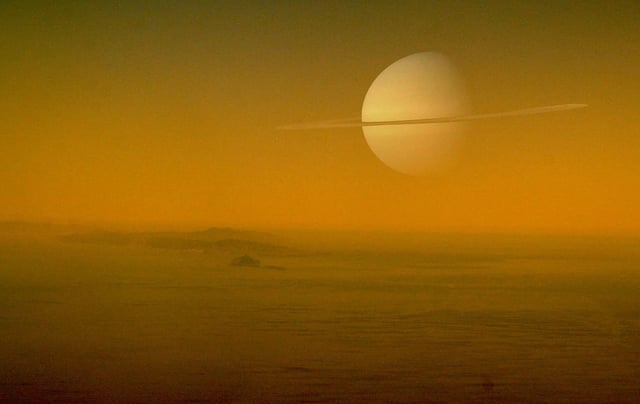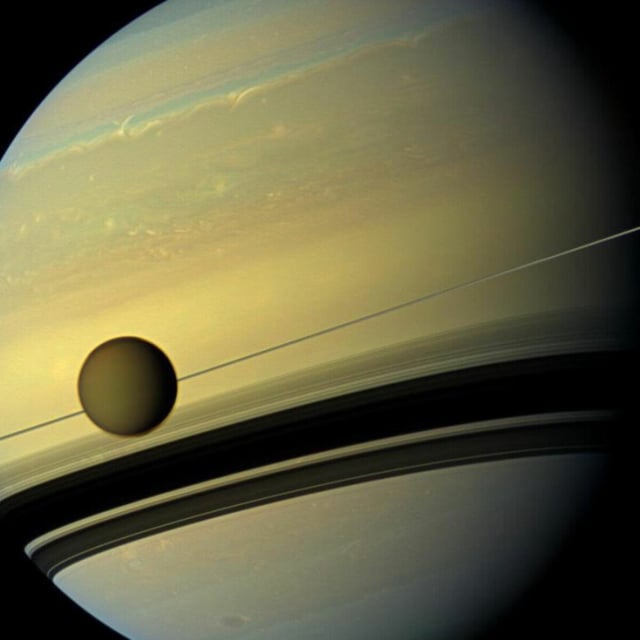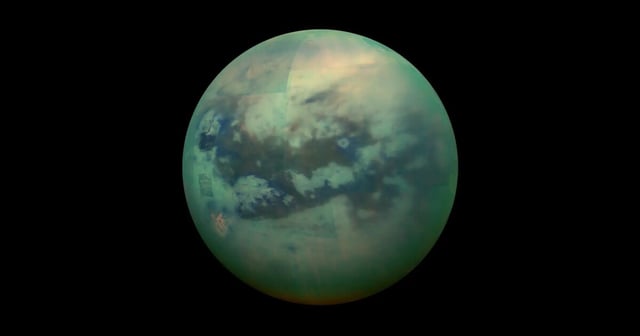Overview
- Using bioenergetic modeling, researchers estimate Titan's subsurface ocean could support only a minuscule biomass equivalent to the weight of a small dog.
- The study highlights severe nutrient transfer limitations between Titan's organic-rich surface and its deep ocean, restricting potential life-supporting energy sources.
- Scientists focused on glycine fermentation, a simple metabolic process, to model the moon's potential for sustaining microbial life without oxygen.
- Meteorite impacts may deliver surface organics to the ocean, but the supply is insufficient to support more than a sparse microbial population.
- NASA's upcoming Dragonfly mission, set to launch in 2028, aims to further explore Titan's habitability despite the challenges highlighted by the study.



